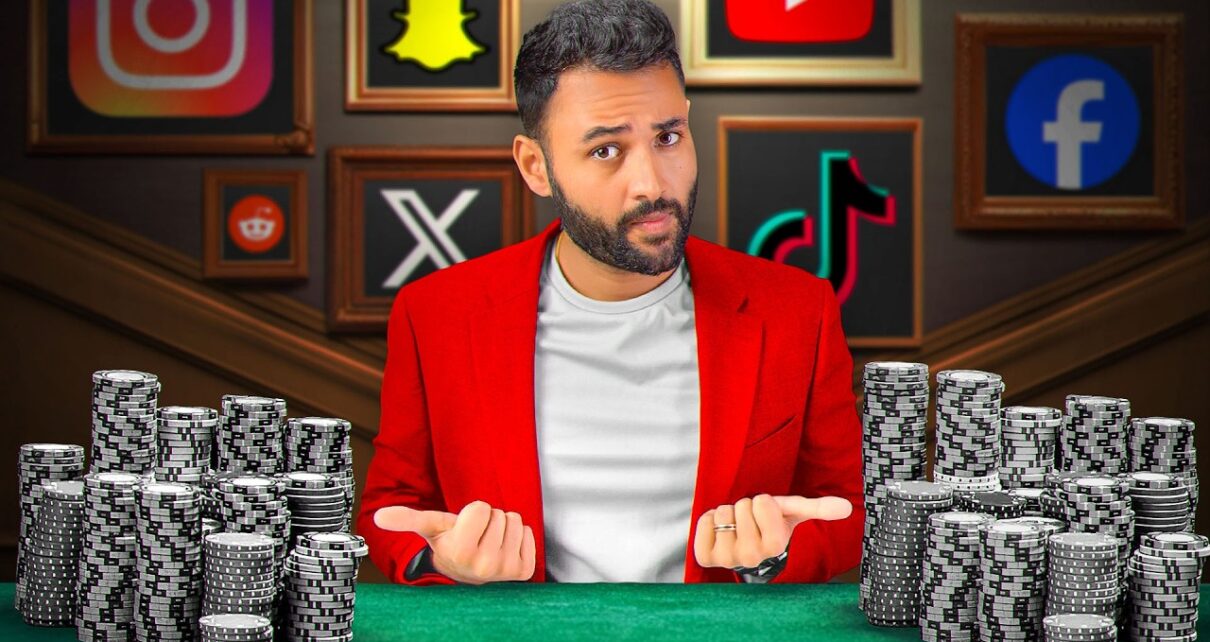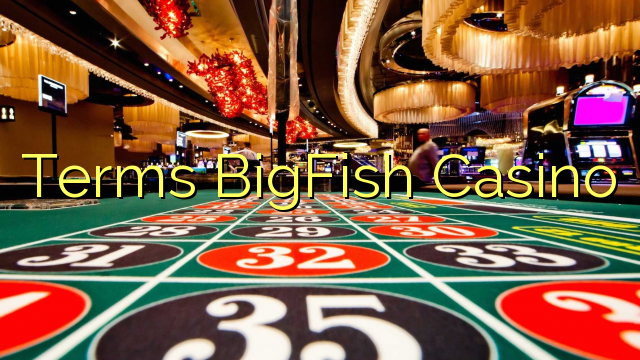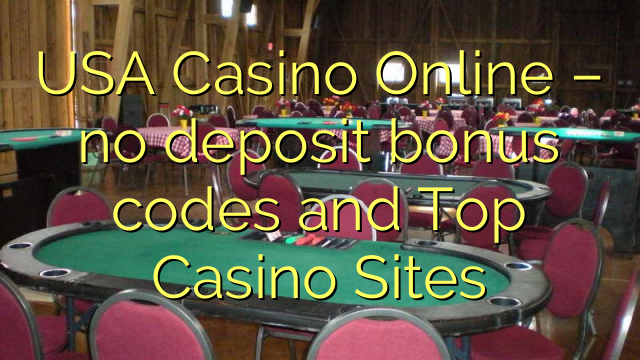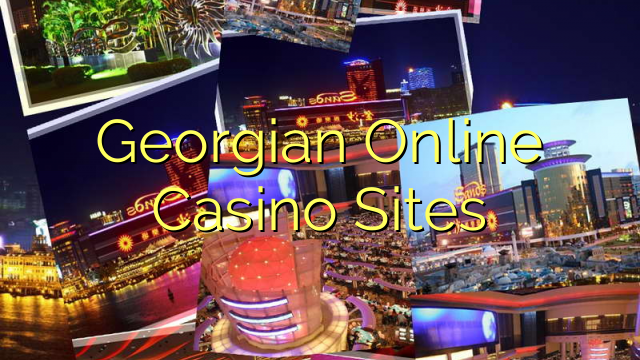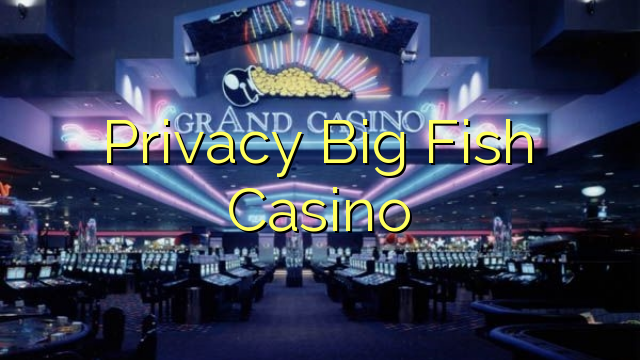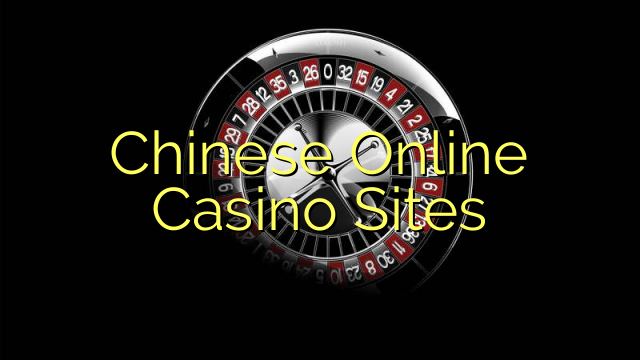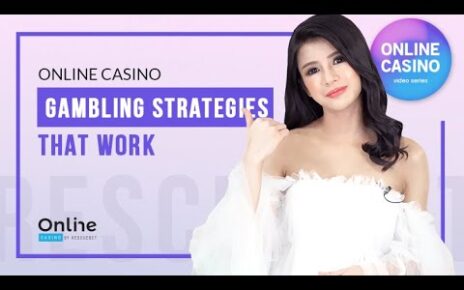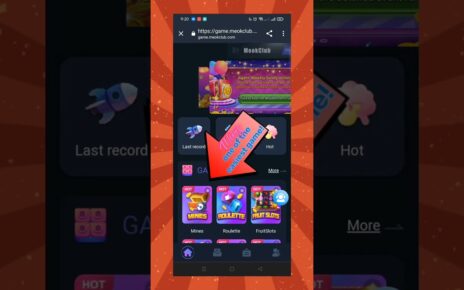Social Media is Secretly Becoming a Casino: A Closer Look at the Gamification of Online Platforms
In recent years, social media has evolved far beyond its original purpose of connecting friends and family. It has transformed into a multifaceted platform for networking, marketing, and even entertainment. However, a disturbing trend has emerged: the gamification of social media is subtly morphing these platforms into a form of digital gambling, positioning them as modern-day casinos.
The Rise of Gamification
Gamification refers to the application of game-design elements in non-game contexts to engage users and drive desired behaviors. Social media platforms have been quick to adopt these strategies, integrating elements like likes, shares, rewards, streaks, and leaderboard features. While these might seem harmless at first, they function to keep users engaged—and ultimately, addicted.
Every notification, every "like" or comment, releases dopamine in the brain, creating a cycle of pleasure that mimics gambling addiction. As users chase validation and social approval, their online interactions become a game of chance where their self-esteem and mood oscillate with each interaction. The emphasis on metrics like followers and engagement can lead to an environment where users are constantly seeking that next "big win," whether in the form of viral posts or influencer status.
The Mechanics of a Casino
Think about the mechanics of a casino: the flashing lights, the ringing of slot machines, the promise of big jackpots. Social media platforms employ similar tactics to keep users returning. For instance:
-
Endless Scroll: Much like a slot machine, social media feeds provide an endless stream of content. Users can scroll forever, just as a gambler might pull the lever on a slot machine repeatedly in hopes of hitting it big.
-
Reward Systems: Platforms reward users for their activity—be it through likes, shares, comments, or even "badges" for specific achievements. These rewards serve as virtual chips that encourage continued play.
-
FOMO (Fear of Missing Out): Social media feeds are designed to create urgency and anxiety. Just as a gambler might feel compelled to make a quick bet, users feel a need to interact with trending topics or must-see posts immediately.
- Loss Aversion: Users often feel a sense of loss when they don’t receive engagement on their posts or stories, similar to a gambler who loses money. This sensation prompts them to try again, posting more frequently in hopes of achieving the desired response.
The Illusion of Control
One of the most significant psychological parallels between social media and gambling is the illusion of control. Gamblers often believe they can influence outcomes, whether it’s by strategizing their bets or choosing a lucky slot machine. Similarly, social media users may feel they can control their image and popularity through carefully curated content. However, just like the odds in gambling, outcomes in social media are largely dictated by algorithms and external factors beyond a user’s control.
The Economic Incentive
The financial motives driving social media platforms further accentuate their casino-like nature. Advertisers are willing to pay hefty sums to reach a captive audience that can be easily manipulated. As platforms prioritize engagement metrics, the pressure to produce viral content and generate clicks intensifies, leading users to chase trends and participate in fads akin to gambling on uncertain outcomes.
Moreover, the rise of influencer culture has equipped social media with a new layer of gambling behavior, where users place bets—often unknowingly—on what could gain them traction. Emerging trends like social commerce, where users can shop through posts and stories, further blur the line between social networking and gambling.
Conclusion
The transformation of social media into a virtual casino poses serious implications for mental health and societal craving for validation. As users dive deeper into this gamified environment, the potential for addiction and unhealthy comparisons increases. Understanding this phenomenon helps illuminate the hidden dangers lurking behind the glossy surface of social media.
As consumers of these platforms, it’s essential to approach social media use with mindfulness and self-awareness, recognizing the tactics designed to keep us engaged—and reevaluating the value we place on digital interaction. With the line between leisure and addiction becoming increasingly blurred, it’s time to consider whether we are simply users in a social network or unwitting players in a high-stakes game.
